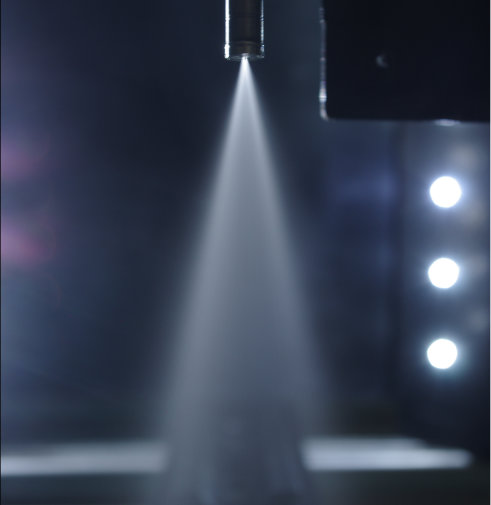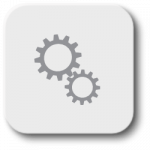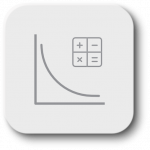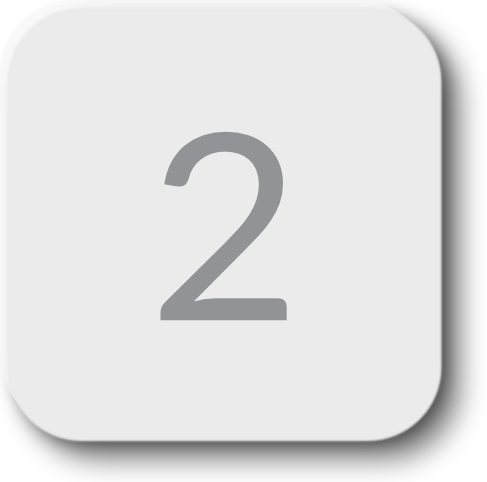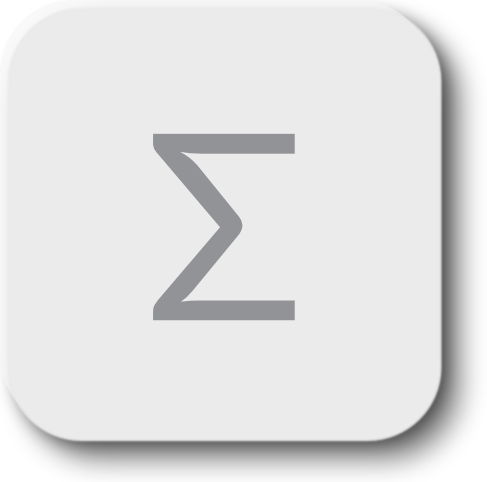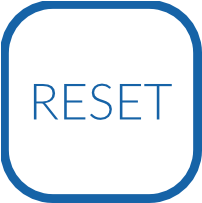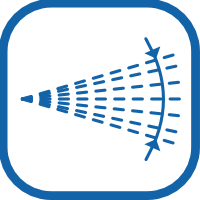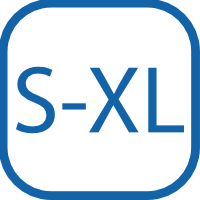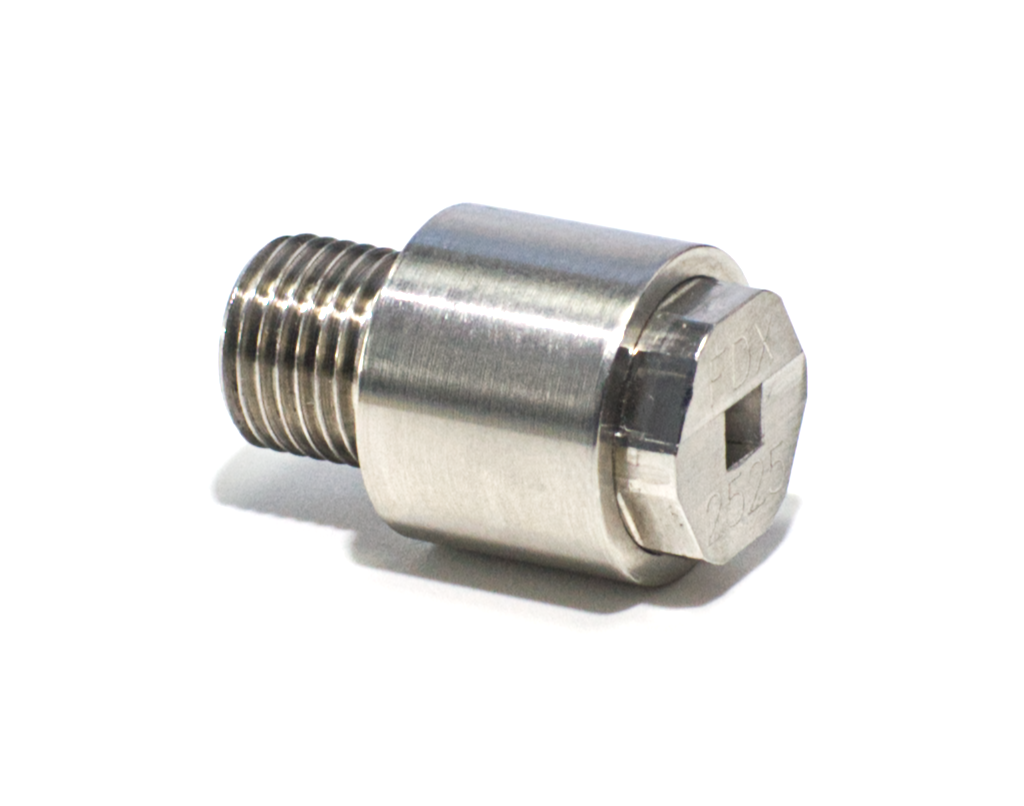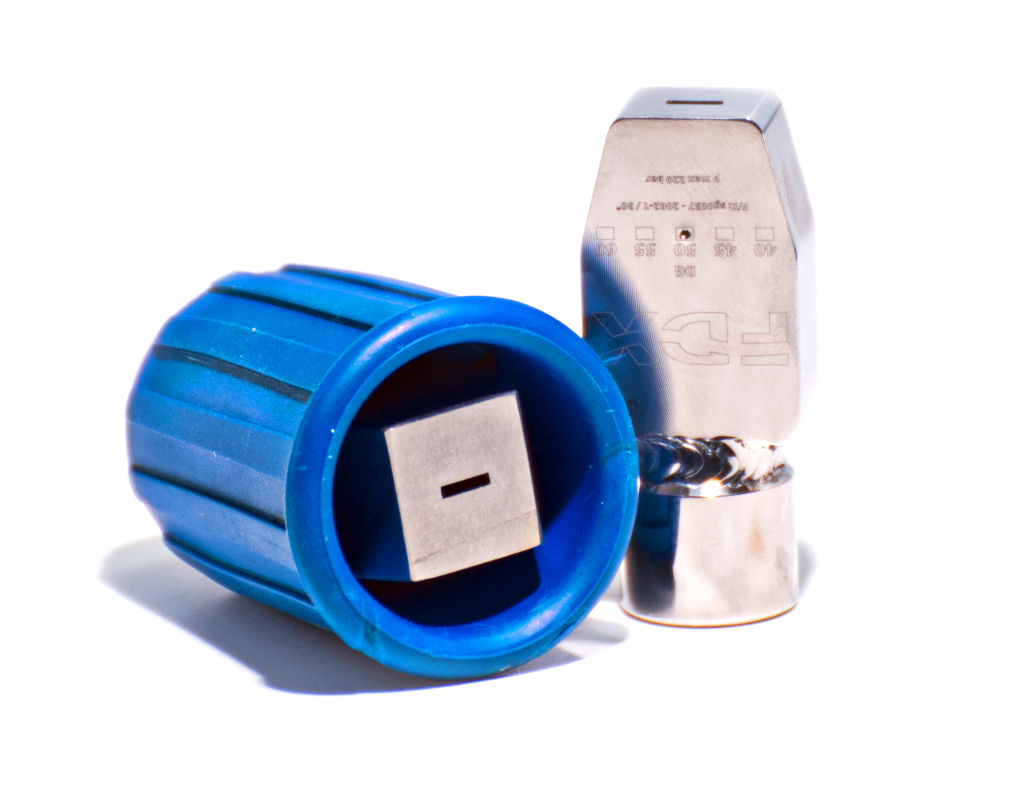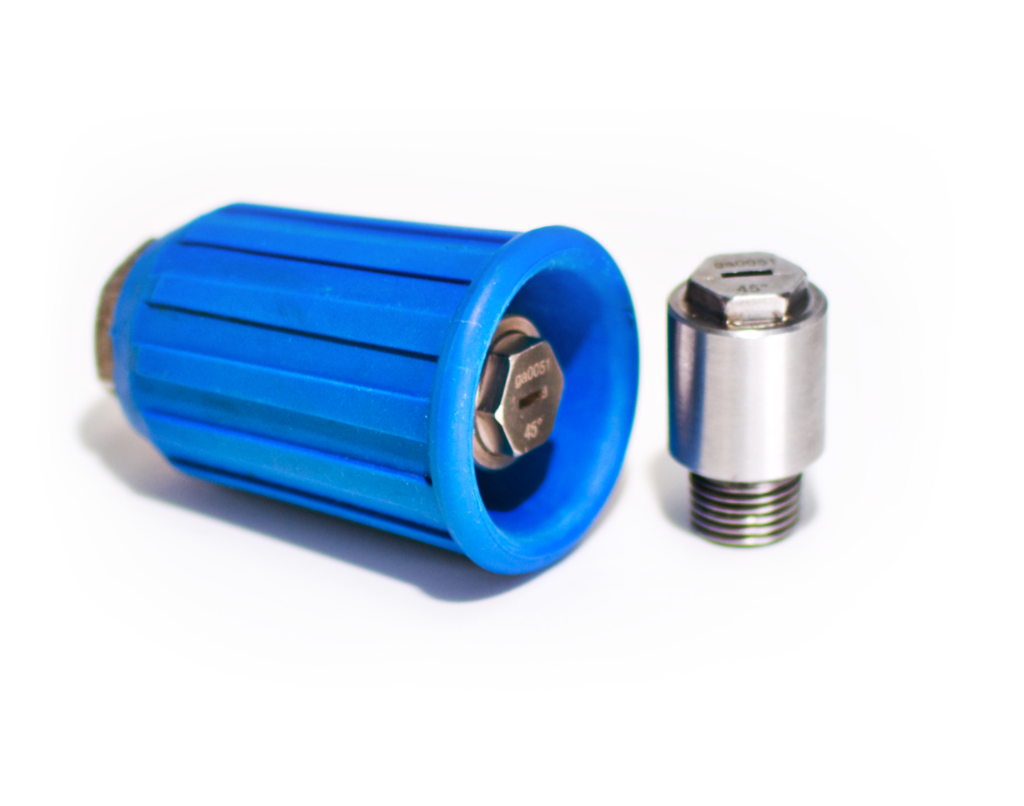The importance of finding the right nozzle is often underestimated. If a nozzle is chosen too small, it works against the pump. This results in a higher power consumption and a higher mechanical load on the pump and supply line. If, on the other hand, a nozzle is selected that is too large, the power of the pump cannot be fully converted into pulse. This shows how important it is to select the components correctly. However, this can quickly become confusing. To help you choose the right nozzle, we have created this page. Here you can find the right nozzle in 4 ways. The easiest way is to use our nozzle wizard. The wizard will guide you through the selection process in four simple steps. Or you can directly use the product table if you are looking for a specific model. Otherwise, you can also use the nozzle calculator to calculate a suitable nozzle and even put together a system of several nozzles. You are also welcome to simply contact us and we will help you selecting the right nozzle or put together a whole nozzle system together. Last but not least, we have compiled the most frequently asked questions for you.
For clarification of technical terms, we provide an extensive glossary. Probably the most important technical term is the nozzle capacity. We use this to classify nozzles. Here, the nozzle capacity describes a pressure-flow ratio and can be expressed by a single number. The nozzle capacity thus allows for calculating the flow rate for any given upstream pressure, which has proven to be very handy in real-world applications.
